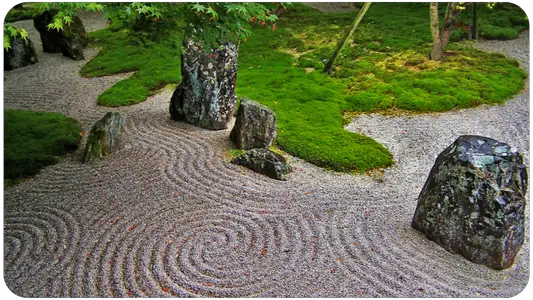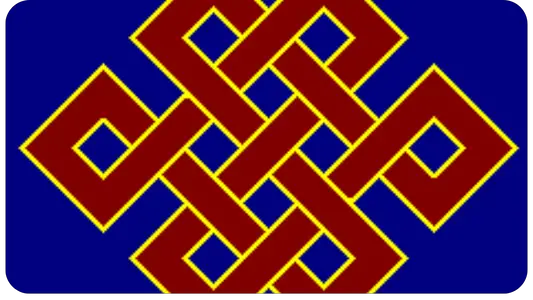Vajrapāņi (Sanskrit: वज्रपाणि) or "vajra (वज्र) in hand (पाणि)" (ch. 金刚手, jīngāngshǒu (among others); ja. Shukongōshin (執金剛神?) or Kongō (金剛?); ti. ཕྱག་ན་རྡོ་རྗེ། (Chana Dorje)) is one of the eight great bodhisattvas of the vajrayāna.
Protector of the Buddha
He appears in Mahāyāna iconography from the first century onwards as endowed with great strength and as the protector of the Buddha. In Greco-Buddhist art he resembles Heracles or Zeus, holding a short vajra-shaped club, a stylized thunderbolt.
He is identified with the protector, "powerful as an elephant," who is said to have watched over Shākyamuni at his birth. Similarly, it is claimed that it was he who protected the Buddha from a landslide during his preaching at Vulture Peak. His strength sometimes causes him to be confused with Mahasthamaprapta (Mahāsthāmaprāpta); like him, he is represented accompanied by Amitābha and Avalokiteśvara.
Emanation of Buddha
In Vajrayāna Buddhism, he can be seen as an emanation of Akshobhya, one of the five meditation buddhas, the leader of the vajra lineage.
He can also be seen as the wrathful form of Vajrasattva or Vajradhara. He then has the appearance of a fierce protective deity who keeps demons at bay and helps the meditator to overcome negative thoughts.
In this function, he is depicted in the warrior pose (pratayalidha), one leg bent and the other extended, holding a vajra at arm's length and in the other hand a lasso (vajra-pāśa) to capture demons. He wears a crown of skulls, a necklace of snakes, a tiger skin loincloth.
His skin is dark blue or black, a third eye opens on his forehead. Like Vajrasattva, he is "Lord of Secrets" (Guhyapati). An emanation of the primordial Buddha Vajradhara or Samantabhadra, he concentrates in himself the wisdom and strength of all the Buddhas.
He is often depicted accompanied by Mañjuśrī, the manifestation of wisdom, and Avalokiteśvara (compassion). In his non-wrathful form, he is confused in practice with Vajrasattva.
Hindu influence
Also known in Hinduism, he inherited some traits of the god Shakra or Indra. Like him, he commands the rain. The Buddha gave him responsibility for the Nāgas (and snakes) that control rainfall. To counter them, he is able to take the form of their enemy the garuda.
He is also a protective god, enemy of the titans who possess the poison halahala. The thangkas where he appears with Hayagriva (identified with Avalokiteśvara) , avatar of Vishnu and a garuda (identified with Vairocana) protect against diseases.
Tibetan Buddhism
Varjapani in Tibetan Buddhism represents the strength and power of the Buddhas, completing the trilogy of qualities of enlightenment that he embodies with Aloekiteshvara (compassion) and Manjushri (knowledge), this "trio" represents the willingness to help (Aloekiteshvara: compassion), how to help (Manjushri: wisdom) and to be able to do so (Varjapani: power)
Other
He is sometimes confused with the bodhisattva Sarvanivarana-Vishkambhin (Dripa Namsal), "the one who overcomes obstacles". He is then depicted with Avalokiteśvara to whom he pays homage in Varanasi.
In Japan, his image inspired the Niō (仁王 benevolent king), two wrathful figures who guard the entrance to temples.





